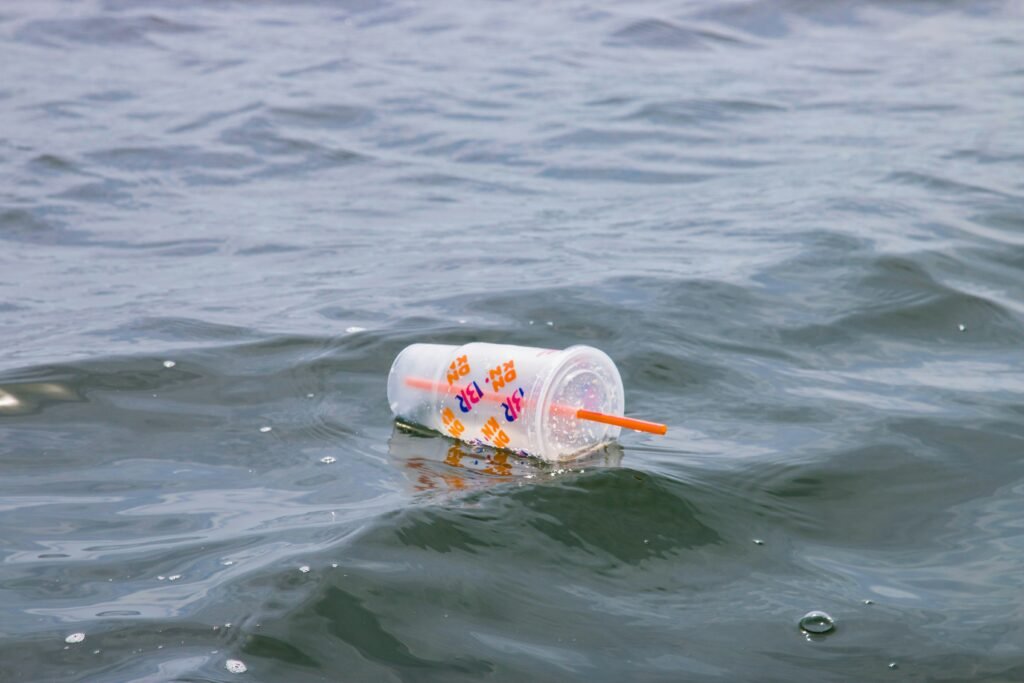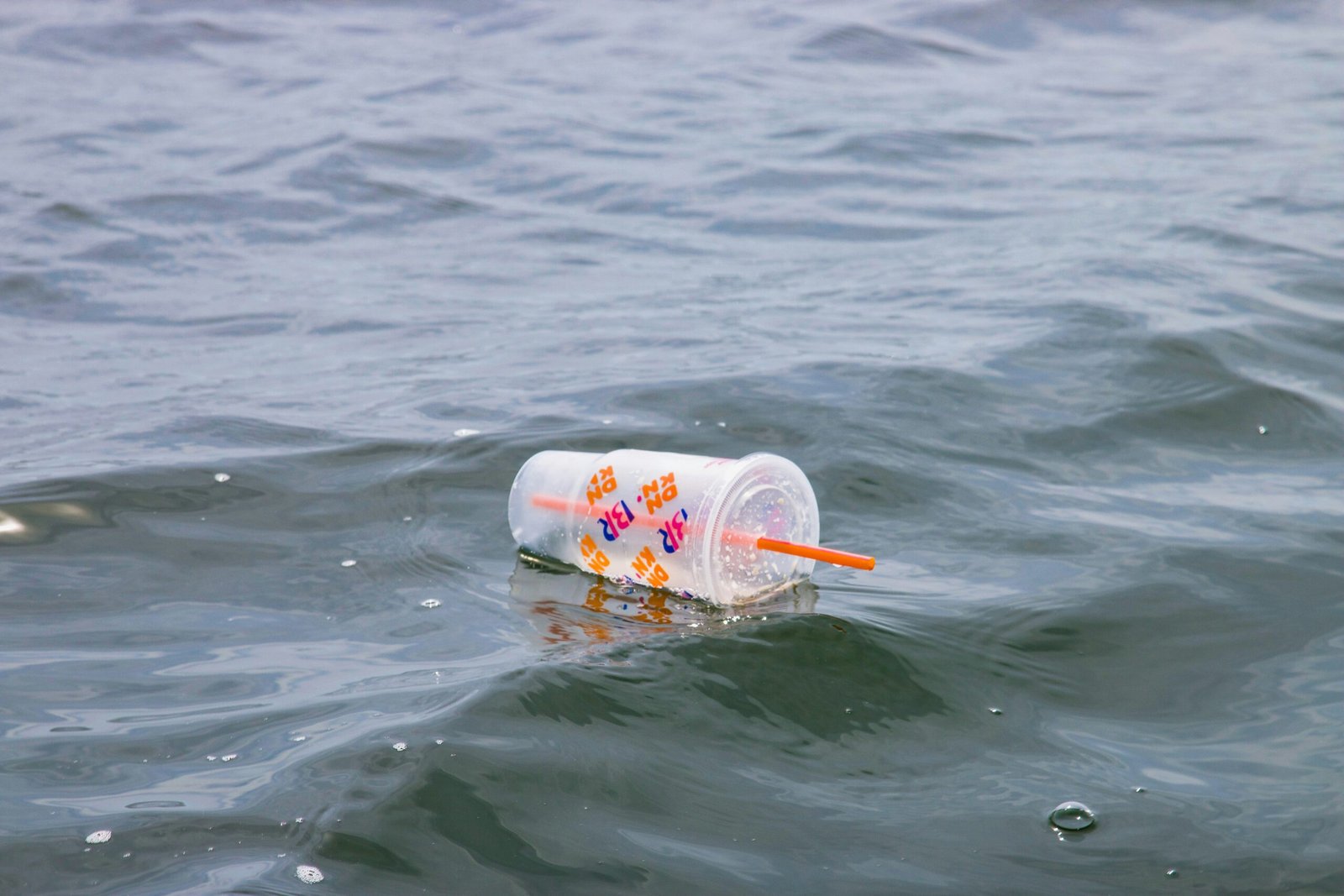Welcome to the exciting world of emerging technologies for durable and resilient plastics! As advancements continue to be made in the realm of materials science, researchers and developers are constantly working on innovative solutions to create plastics that are stronger, longer-lasting, and more sustainable. From self-healing materials to biodegradable alternatives, the possibilities seem endless for the future of plastic products. Let’s explore the latest developments in durable and resilient plastics that are shaping the way we think about the materials that surround us every day. Have you ever wondered about the advances in technology that are making plastics more durable and resilient these days? As a consumer, you may have noticed changes in the materials used in everyday products. Let’s explore some of the emerging technologies that are shaping the future of plastics to meet the demands of a more sustainable and environmentally conscious world.

This image is property of images.unsplash.com.
Understanding the Need for Durable and Resilient Plastics
Plastic has become an essential material in our daily lives, from packaging to automotive parts to medical devices. However, the conventional plastics we are used to have certain limitations when it comes to durability and resilience. In today’s world, there is a growing demand for plastics that are not only strong and long-lasting but also sustainable and environmentally friendly.
Impact of Emerging Technologies on Plastics
Advancements in technology have opened up new possibilities for the development of durable and resilient plastics. From innovative materials to cutting-edge manufacturing processes, these technologies are revolutionizing the way plastics are made and used. Let’s take a closer look at some of the key technologies driving this transformation.
3D Printing
3D printing, also known as additive manufacturing, is a groundbreaking technology that is revolutionizing the way products are designed and produced. This technology allows for the creation of complex shapes and structures that would be impossible to achieve with traditional manufacturing methods. In the field of plastics, 3D printing is being used to create customized, durable parts with high precision and accuracy.
Nanotechnology
Nanotechnology involves the manipulation of materials at the molecular or atomic level to create new properties and functionalities. In the world of plastics, nanotechnology is being used to improve the strength, flexibility, and durability of plastic materials. By incorporating nanoparticles into the plastic matrix, researchers are able to enhance its mechanical properties and chemical resistance.
Biodegradable Plastics
As the world grapples with the issue of plastic pollution, there is a growing demand for biodegradable plastics that can break down naturally in the environment. Biodegradable plastics are made from renewable resources such as plant-based materials and are designed to decompose into natural elements over time. These plastics offer the same level of durability and resilience as conventional plastics while being more environmentally friendly.

This image is property of images.unsplash.com.
Key Benefits of Durable and Resilient Plastics
The development of durable and resilient plastics offers a wide range of benefits, both for consumers and the environment. Let’s explore some of the key advantages of these innovative materials.
Extended Product Lifespan
By using durable and resilient plastics, manufacturers can create products that last longer and require less frequent replacement. This not only reduces the consumption of resources but also minimizes the amount of waste generated. From electronics to automotive parts, the use of durable plastics can significantly extend the lifespan of products.
Reduced Environmental Impact
Conventional plastics have a significant impact on the environment due to their long decomposition time and harmful effects on wildlife. By using durable and resilient plastics, we can reduce the overall environmental footprint of plastic products. Biodegradable plastics, in particular, offer a sustainable alternative that can help mitigate the problem of plastic pollution.
Improved Safety and Performance
Durable and resilient plastics are designed to withstand harsh conditions and provide superior performance in a wide range of applications. Whether it’s in the medical field, aerospace industry, or consumer goods sector, these plastics offer enhanced safety and reliability. With advancements in technology, manufacturers can now produce plastics that meet stringent quality and safety standards.
Applications of Durable and Resilient Plastics
The versatility of durable and resilient plastics makes them suitable for a wide range of applications across various industries. Let’s explore some of the key sectors where these innovative materials are making a difference.
Automotive Industry
In the automotive industry, durable and resilient plastics are used for components such as bumpers, interior trim, and engine parts. These plastics offer lightweight and corrosion-resistant alternatives to traditional materials such as metal and glass. With advancements in technology, manufacturers can now produce high-performance plastics that meet the demanding requirements of the automotive sector.
Medical Devices
In the field of healthcare, durable and resilient plastics play a crucial role in the design and production of medical devices. From surgical instruments to implants, these plastics offer the strength and biocompatibility needed for critical applications. With the use of advanced materials and manufacturing processes, medical device manufacturers can ensure the safety and reliability of their products.
Packaging Industry
The packaging industry relies heavily on durable and resilient plastics to protect and preserve products during storage and transportation. From food packaging to industrial containers, these plastics offer a cost-effective and efficient solution for packaging needs. With the rise of sustainable packaging solutions, manufacturers are turning to biodegradable plastics to reduce the environmental impact of their products.

This image is property of images.unsplash.com.
Future Trends in Durable and Resilient Plastics
As technology continues to evolve, we can expect to see further advancements in the field of durable and resilient plastics. From the development of new materials to the implementation of innovative manufacturing processes, the future of plastics looks promising. Let’s explore some of the key trends that are shaping the future of these innovative materials.
Recycled Plastics
The use of recycled plastics is becoming increasingly popular as a sustainable alternative to conventional plastics. By repurposing plastic waste into new products, manufacturers can reduce the demand for virgin materials and minimize the amount of plastic ending up in landfills or oceans. With advancements in recycling technology, we can expect to see more products made from recycled plastics in the future.
Smart Plastics
Smart plastics, also known as responsive materials, are a new class of materials that can adapt to changes in their environment. These materials can detect and respond to stimuli such as temperature, pressure, or light, making them ideal for a wide range of applications. In the future, we can expect to see smart plastics used in areas such as healthcare, electronics, and automotive, where their unique properties can enhance performance and functionality.
Circular Economy
The concept of a circular economy is gaining traction as a sustainable approach to resource management. In a circular economy, materials are reused, recycled, or repurposed at the end of their lifecycle, creating a closed-loop system that minimizes waste and maximizes resource efficiency. Durable and resilient plastics play a key role in this model by providing materials that can be recycled and reused multiple times without losing their properties.
Conclusion
The development of durable and resilient plastics is driving innovation across various industries, from automotive to healthcare to packaging. With advancements in technology and a growing emphasis on sustainability, we can expect to see more innovative materials and solutions in the future. By understanding the benefits and applications of these plastics, we can work towards a more sustainable and environmentally conscious world.
So, next time you come across a product made from durable and resilient plastics, remember the technology and innovation that went into creating it. The future of plastics is bright, and with the right advancements, we can create a more sustainable and resilient world for generations to come.
